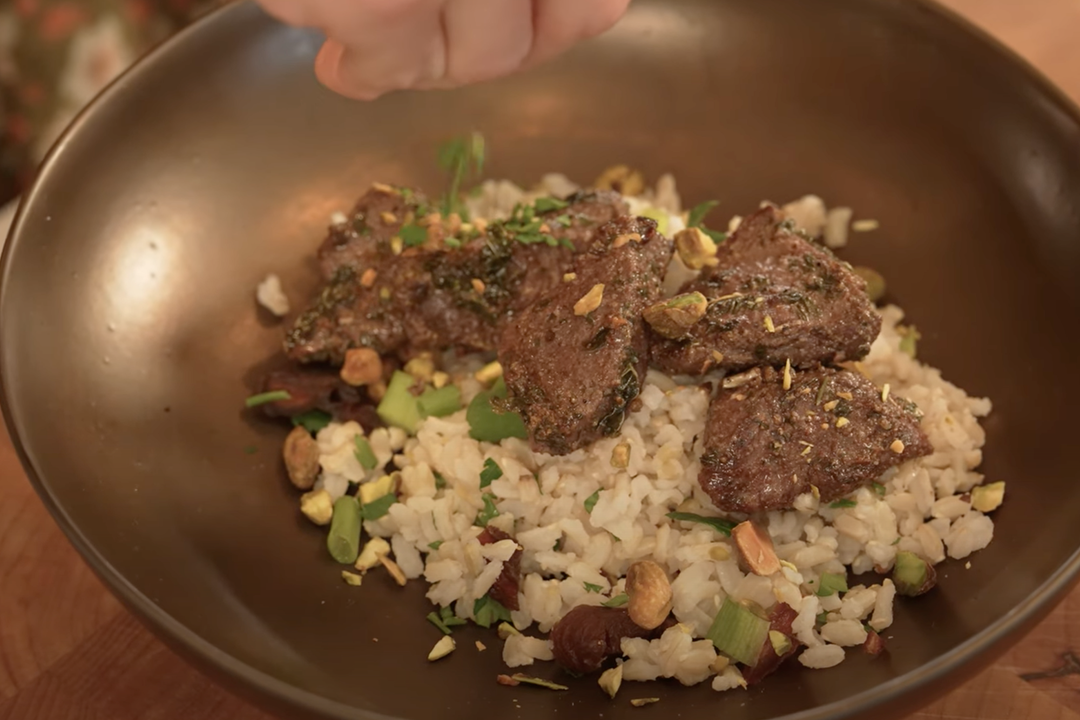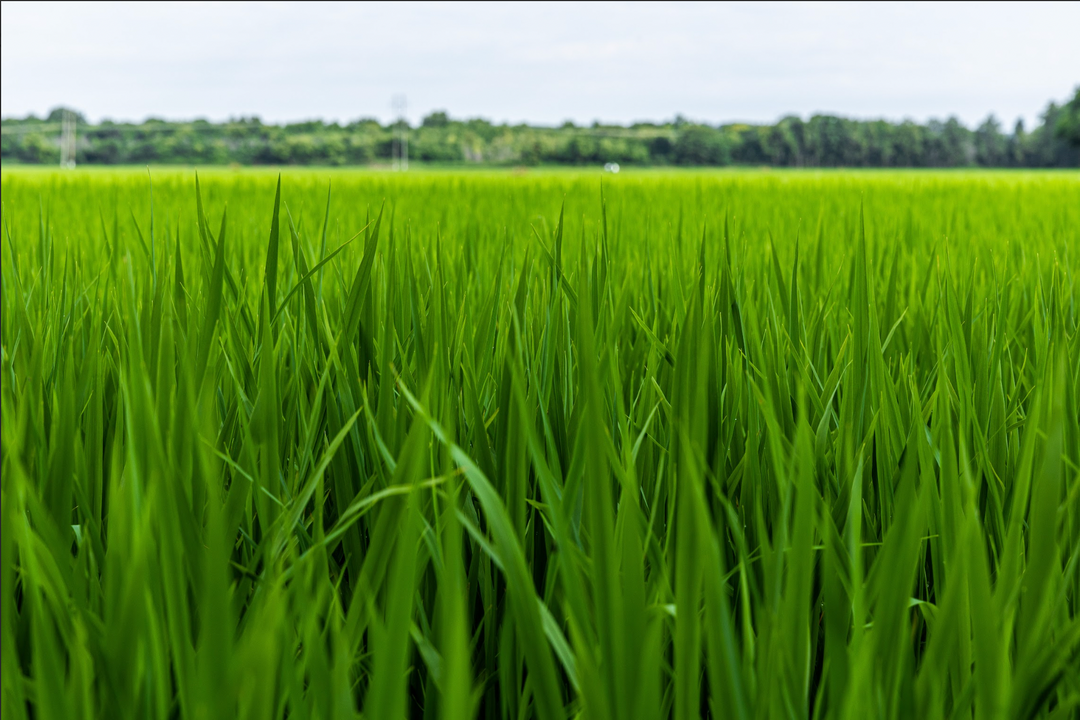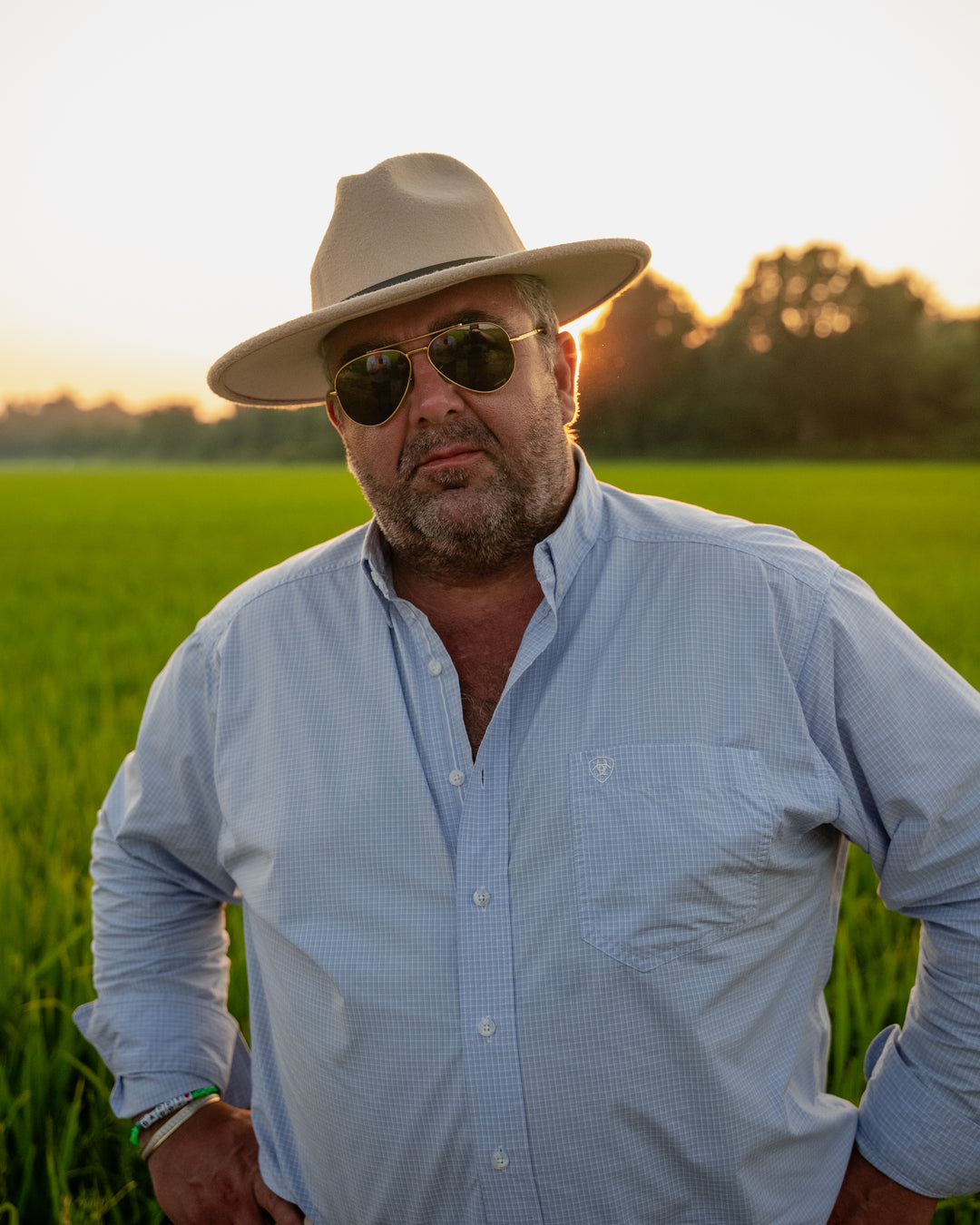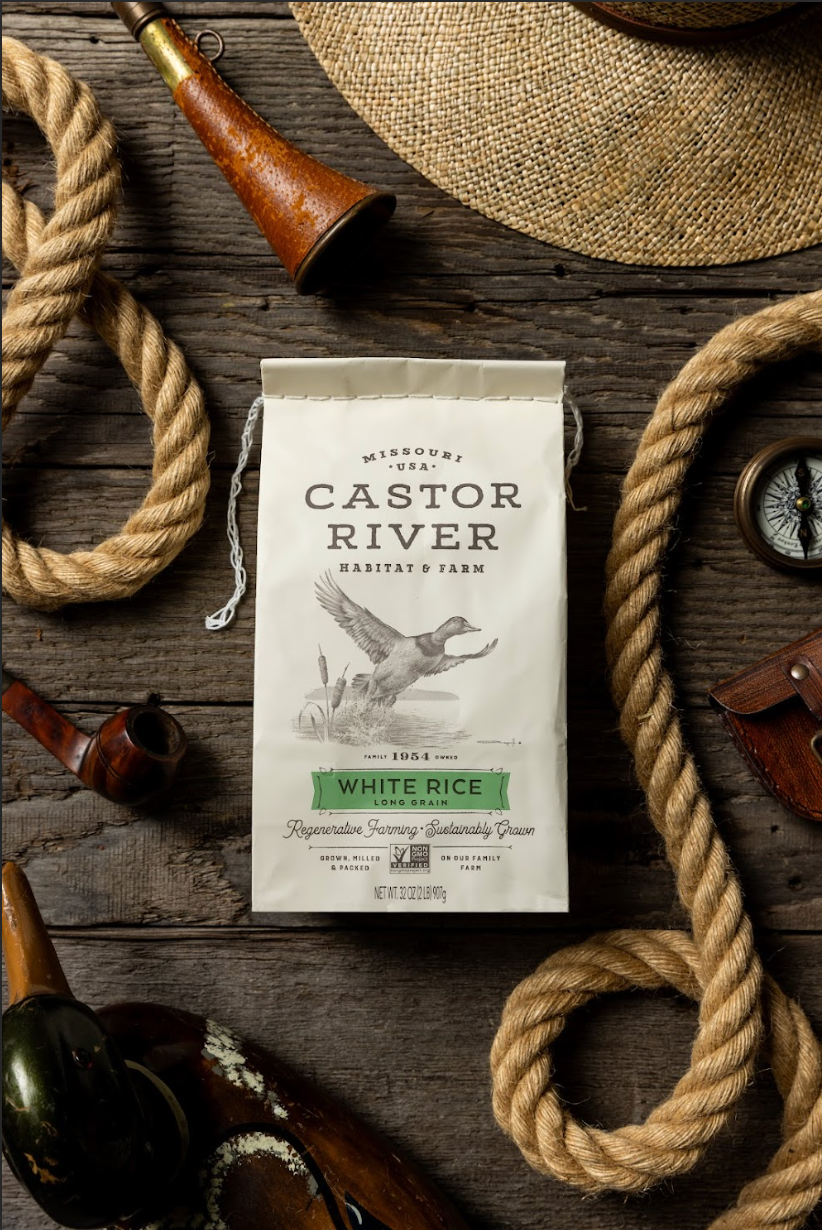Flavor Starts Below the Surface

When people think about the flavor of rice, they often picture the steam rising from a pot, the way the grains hold their texture, or how the aroma fills a kitchen. But flavor doesn’t begin in the kitchen. It begins in the soil. Long before harvest, long before planting even. The true foundation of taste is hidden below the surface.
Healthy soil is more than dirt. It’s alive, filled with billions of microorganisms, fungi, minerals, and organic matter working in quiet collaboration. This underground web is what sets the stage for every crop. When soil thrives, it passes on subtle layers of nutrition, aroma, and character that you can taste in the rice itself.
The Soil–Flavor Connection
In regenerative farming, soil is treated as a living partner rather than just a platform to hold roots. Every field has its own personality, a fingerprint defined by the balance of nutrients and microbial life beneath it. Just as wine reflects the terroir of its vineyard, rice reflects the vitality of the fields where it is grown.
Soil that’s been depleted by chemicals and overuse produces grains that are uniform and flat. Flavor becomes muted, nutrition stripped away. But when soil is rebuilt, enriched through cover crops, crop rotations, and natural cycles, it gains resilience. That resilience translates directly into food that tastes more alive. Nutty undertones, delicate aromatics, and a satisfying texture all begin with the work of microbes deep in the soil.
Farming for Depth, Not Just Volume
For decades, industrial agriculture has measured success in bushels per acre. More was always considered better. But regenerative farming asks a different question:
not just “How much can the land give us?”
but “How much can we give back to the land?”
By reducing reliance on chemicals and focusing on soil-building practices, farmers restore organic matter and microbial activity. Each choice: when to rotate crops, what to plant between seasons, how to manage water, creates ripples through the ecosystem. Over time, these choices lead to fields that are stronger, healthier, and more balanced. The rice grown in these conditions carries that integrity. It’s food with roots, literally and figuratively.
Nutrition You Can Taste
The connection between soil health and human health is direct. When soil biology is rich and diverse, rice becomes more than a carbohydrate, it holds trace minerals, antioxidants, and compounds that give depth to flavor while supporting nutrition. A bowl of rice from regenerated soil not only tastes better; it nourishes more fully.
That’s why some foods feel more satisfying, even when the recipe is simple. It isn’t about seasoning or sauces alone. It’s about the vitality of the soil being carried through every grain, connecting the eater back to the land in a way you can sense as much as you can taste.
A Legacy Below the Surface
Perhaps the most overlooked part of soil is its memory. Fields that are cared for today pass that resilience forward, season after season. When farmers nurture soil instead of depleting it, they’re not just growing rice for this year’s harvest. They’re building a foundation for generations. Flavor then becomes a legacy.
And that’s why, at Castor River Habitat & Farm, flavor always starts below the surface. By respecting the life beneath our feet, we ensure that every grain tells a richer story, one rooted in health, care, and connection to the land.
Every grain carries the story of its soil. Taste rice grown where flavor begins. Deep below the surface.









